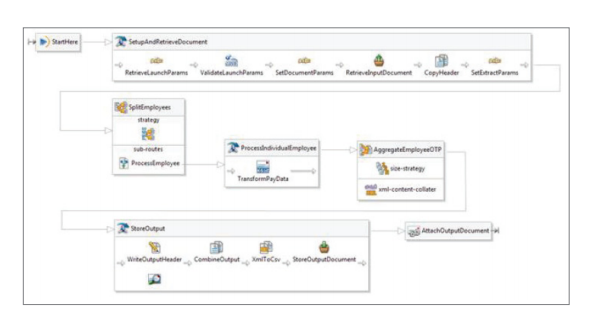-
Organizations enable you to group together resources, workers, costs, and other
organizations for business process routing, security, analytical, and reporting purposes.
-
Generally, organizations have members and roles that support a specific business function.
Workday delivers a number of different organization types for different functional purposes
that are independent from one another.
-
For example, your supervisory organization reflects the reporting structure, and this may be
completely different from your costing structure for which cost centers and regions are used.
Organization type:
Company:The primary organization type used by
Workday Financial Management. All
financial transactions are for a
company, and most financial reports
are run in the context of a company,
such as balance sheets and income
statements.
Note: Workday recommends that you
create a separate company for each
internal entity with a separate tax ID.
Cost Center: Used to track financial transactions and HCM transactions with a financial
impact, such as hiring or terminations.
Employees and contingent workers
are assigned to a cost center when
hired. You can roll up cost centers into
cost center hierarchies, which can only
store cost centers for reporting
purposes. You cannot associate
transactions with a cost center
hierarchy.
Location: Locations are an attribute associated with a worker in a position, and can
also be used for assets. Locations
reflect a worker's work location rather
than an area of responsibility.
Locations can be structured as a
hierarchy whereby Location A can be
the superior of Location B. Location
hierarchies have organizational roles
and can include locations for grouping
purposes. Location hierarchies can
also be structured as a hierarchy
whereby Location Hierarchy X can be
the superior of Location Hierarchy Y.
Create Location is used for creating a location. Location should be created before
creating Supervisory organization.
Region: Reflects the area of responsibility for a
worker instead of the work location.
For example, a sales person might
work from a Miami location, which
rolls up to North America, but might
be responsible for sales to the Latin
American region.


No comments:
Post a Comment
Note: Only a member of this blog may post a comment.